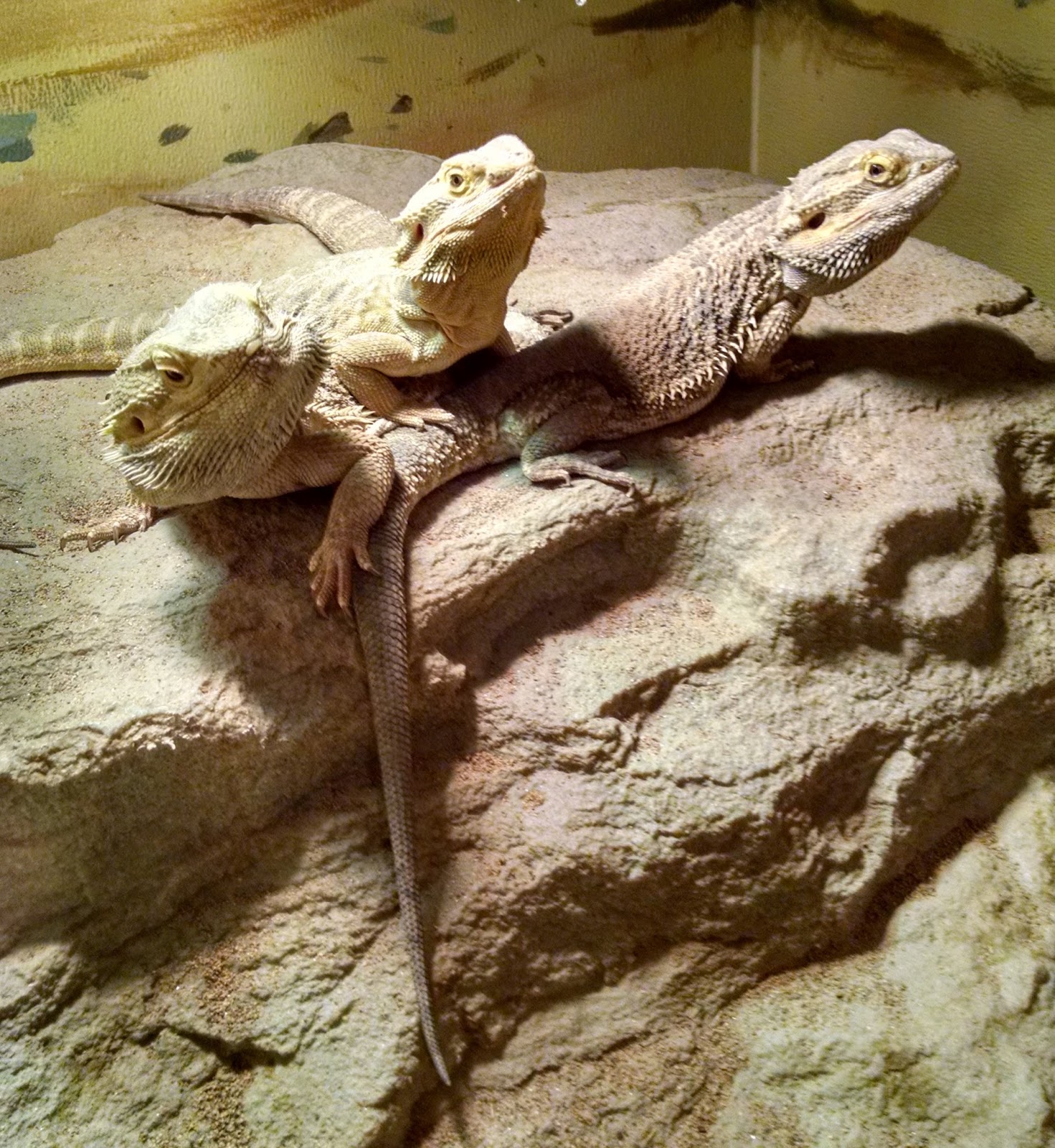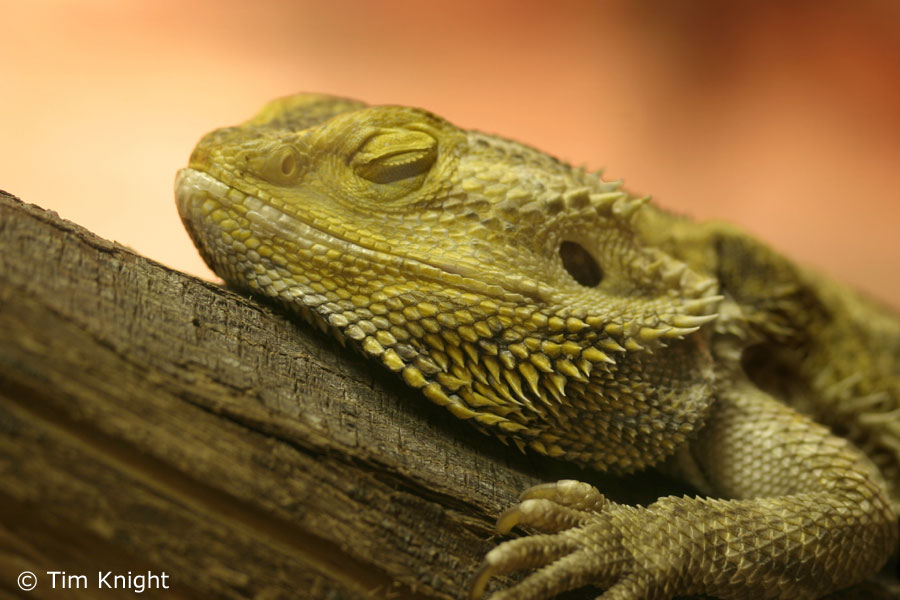Bearded Dragon Care: Tips and Advice from Reptile Magazine
Introduction
Bearded dragons are one of the most popular pet reptiles. They are friendly, easy to care for, and come in a variety of colors and patterns. If you’re thinking about getting one as a pet, then you’re in the right place. In this article, we’ll give you some tips and advice on how to care for your bearded dragon, with information sourced from Reptile Magazine, a reputable source for reptile care information.
Housing
The first thing you’ll need to do before you bring your bearded dragon home is set up their housing. Ideally, you’ll want to get a tank that’s at least 40 gallons in size, as these reptiles need a lot of space to move around in. You’ll also need to provide them with a basking spot, where they can soak up some heat and UVB rays. A reptile basking bulb can be used as a heat source, and a UVB bulb will help to simulate sunlight.

Bearded dragons also need a place to hide and feel secure, so make sure you provide some rocks, logs, or other hiding spots in their tank. You’ll also need to keep the tank clean, by regularly removing feces and uneaten food, and doing a complete cleaning of the tank every month.
Feeding
Bearded dragons are omnivores, which means they eat both plants and animals. In the wild, they eat insects, vegetables, and fruits, so you’ll want to provide them with a variety of these foods in captivity. Crickets, mealworms, and dubia roaches are common choices for protein, while collard greens, kale, and carrots make good vegetable options.

When it comes to feeding, a good rule of thumb is to offer your bearded dragon as many insects as they can eat in 10-15 minutes, once a day for adults, and two to three times a day for juveniles. As for vegetables, you can offer them daily or every other day, but make sure to avoid feeding them spinach, as it can bind calcium in their bodies.
Temperature and Lighting
As mentioned earlier, bearded dragons need UVB light to help them digest their food and synthesize vitamin D3, which is important for their bone health. You can achieve this by using a UVB bulb, which should be placed over the basking spot in the tank. Avoid using glass or plastic coverings, as these can filter out the UVB rays.

As for temperature, your bearded dragon will need a basking spot that’s around 100-105°F, with the cool end of their tank around 75-85°F. To achieve these temperatures, you’ll need a thermometer to monitor the temperature, and a heat lamp or ceramic heat emitter to provide heat. You can adjust the temperature by raising or lowering the lamp or emitter.
Handling
Bearded dragons are generally friendly and can be great pets for beginners. However, they can also be sensitive to handling, so it’s important to be gentle and not squeeze or hold them too tightly. When you first bring your bearded dragon home, give them a few days to acclimate to their new surroundings before handling them. Start slow, by offering them food from your hand, and gradually work up to picking them up and holding them.

Be sure to wash your hands before and after handling your bearded dragon, as reptiles can carry bacteria on their skin. Also, be mindful of other pets or small children around your bearded dragon, as they can be easily injured or stressed.
Conclusion
Bearded dragons can make wonderful pets, and with the right care, they can live up to 20 years in captivity. Remember to provide them with a spacious tank, UVB lighting, and a variety of foods, and handle them gently. If you have any questions or concerns about caring for your bearded dragon, don’t hesitate to consult with a veterinarian who specializes in reptile care.
